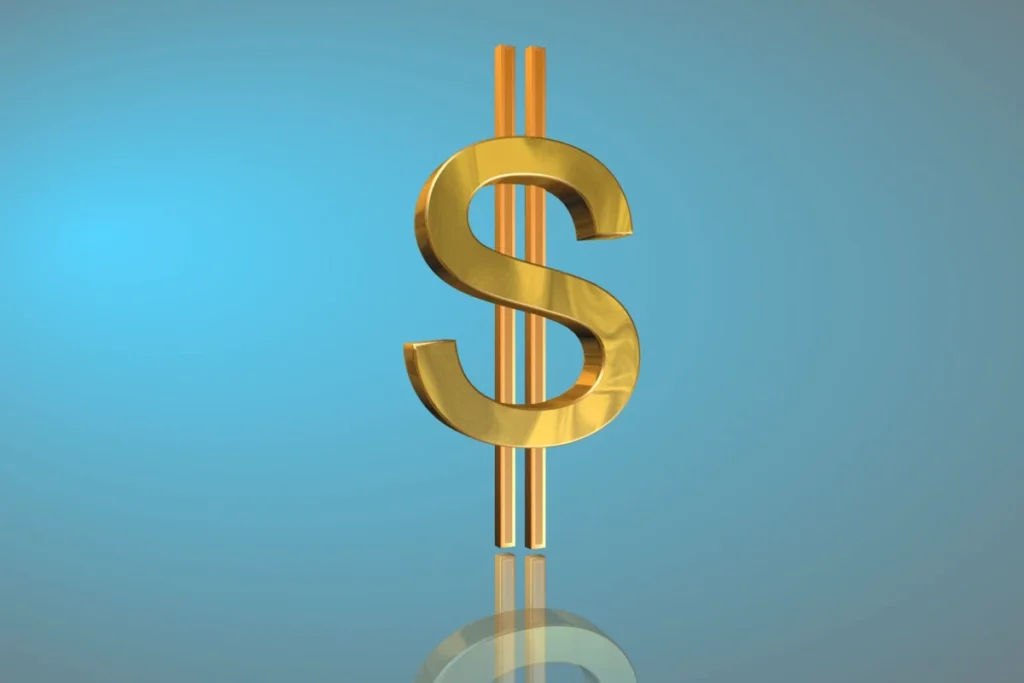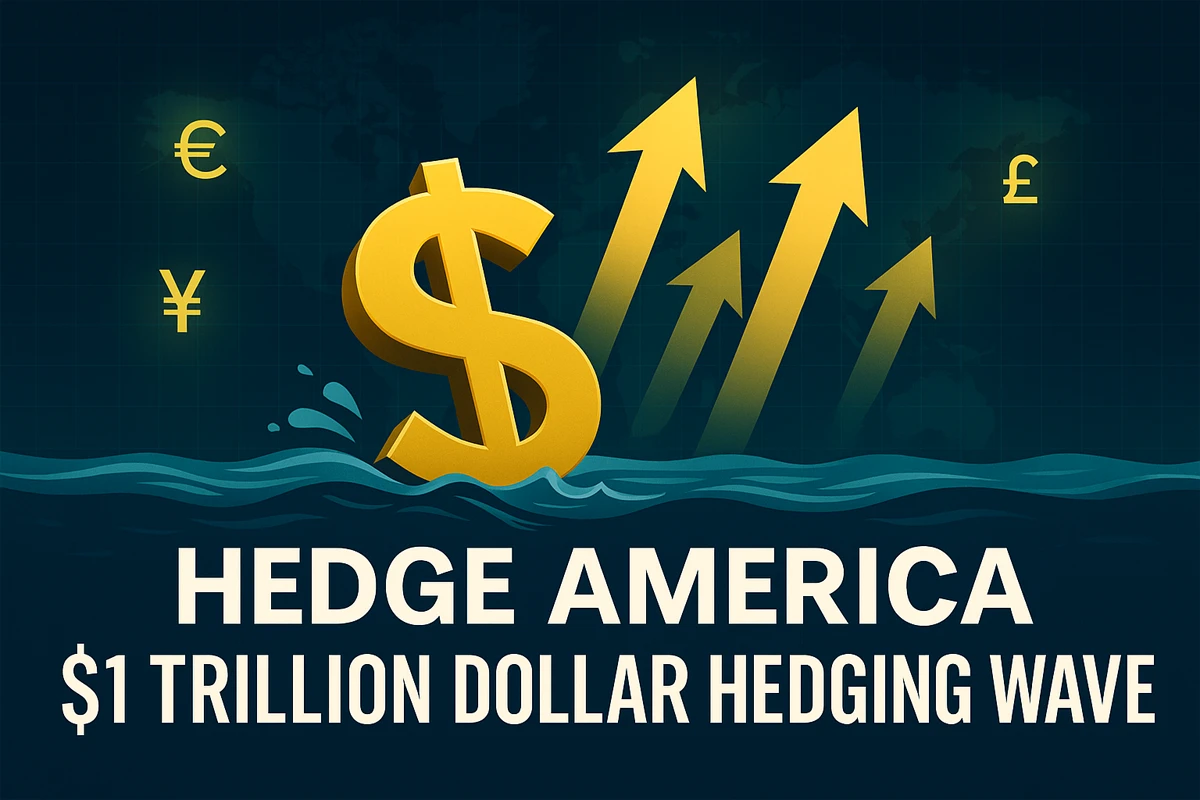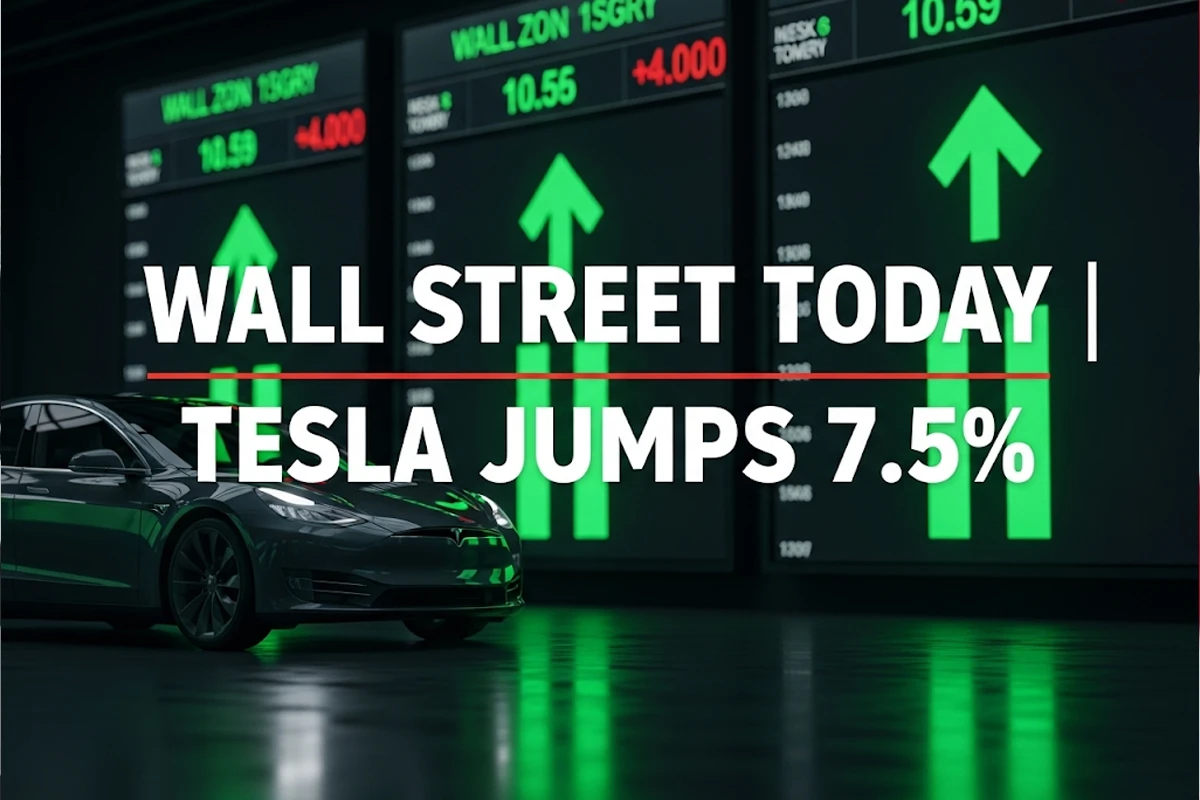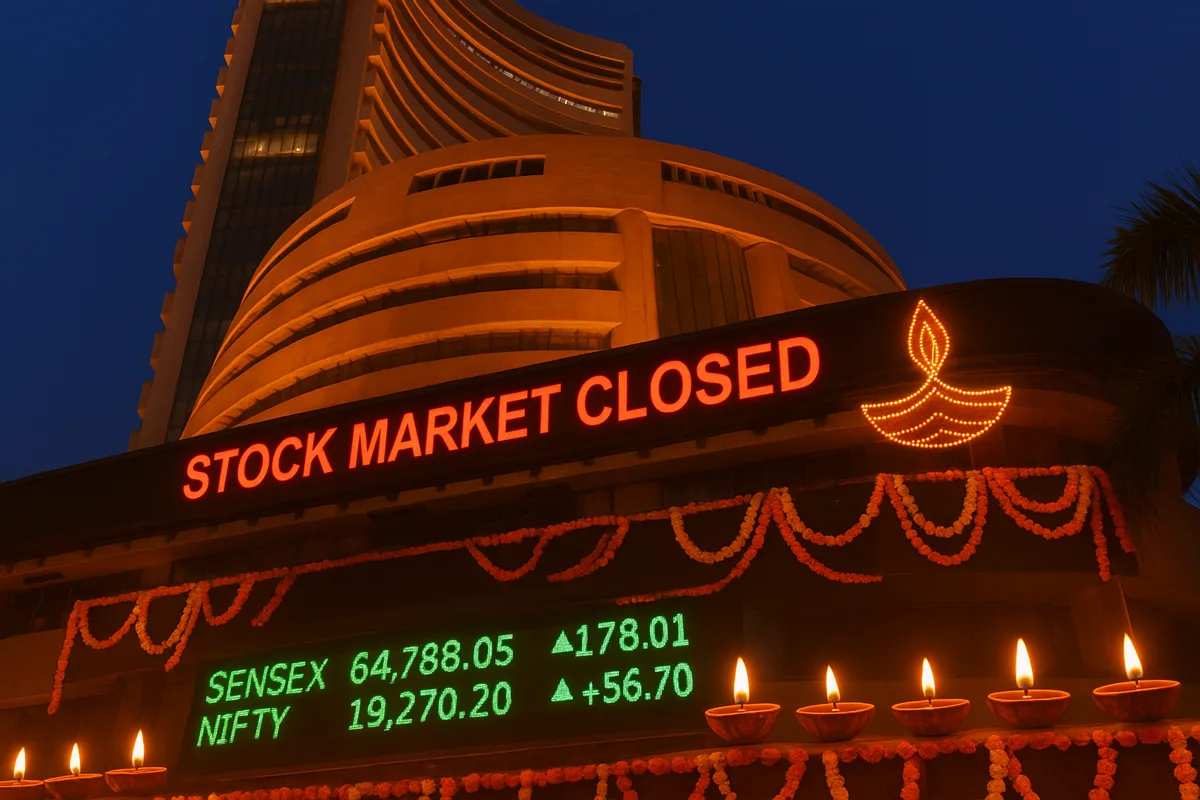Hedge America: $1 Trillion Dollar Hedging Trend-Changing Global Markets
The global financial world is writing a new story, with the biggest character being “Hedge America.” It initially seemed that global investors were fleeing the US and a “Sell America” trend had begun. But now the reality is telling something else. The truth is that investors are still preferring US stocks and bonds, just with a new strategy—dollar hedging. This means that people are buying US assets, but are also hedging against the risk of a dollar collapse.
Hedge America: The Real Mantra of Global Investors
For the first time since mid-2025, inflows into dollar-hedged ETFs have exceeded those into unhedged funds. According to Deutsche Bank data, this shift has occurred at unprecedented speed. Investors worldwide are now adopting a “Hedge America” strategy. This reflects a new mindset in which American exceptionalism remains alive, but also has the added twist of protecting against dollar weakness.
Laura Cooper, a strategist at Nuveen London, says this is a clear sign that people are not ignoring US markets, but simply wanting to limit their exposure to the greenback. This is why US stocks are rallying despite the US dollar’s weakness.
Federal Reserve Rate Cuts and the Power of Dollar Hedging

There’s another major reason behind the dollar’s weakness—Federal Reserve rate cuts. As the Fed signaled interest rate cuts, hedging against the dollar became even cheaper for global investors. This made it safer for them to invest in US assets without the dollar risk.
Sahil Mahtani of Ninety One Asset Management says this trend has only just begun. Further progress could see this dollar hedging wave reach $1 trillion. And with such a large volume of FX trades, the pressure on the dollar will be even greater.
Hedge America and Dollar Weakness
Banks such as State Street, Deutsche Bank, BNP Paribas, and Societe Generale are all predicting a difficult dollar situation in the coming year. The greenback has already fallen by nearly 9% in 2025. Expectations of the European Central Bank remaining stable and the Bank of Japan hiking rates are further tightening the dollar’s position.
Foreign investors use a popular strategy: selling dollars through forward contracts to lock in the exchange rate. This further increases selling pressure in the spot market.
April Tariffs and the Dollar’s Fall
The dollar was traditionally considered a safe-haven currency. But when Trump imposed new tariffs in April, not only did US stocks and bonds fall, but the dollar itself also fell to its weakest level. Currencies like the Swiss franc, euro, and yuan became investors’ new safe havens.
The Bank for International Settlements also stated that dollar hedging in April and May played a significant role in the dollar’s weakness.
Foreign Investors and the $1 Trillion Hedge America Move
Foreign investors still hold $20 trillion in US stocks and $14 trillion in bonds. But they had reduced their hedge ratios in recent years. If these ratios return to previous levels, approximately $1 trillion in FX trades could occur.
State Street strategist Lee Ferridge says that foreigners will not sell their US assets, but will simply increase their hedge ratios. This ratio is currently 56%, down from 70% in mid-2023. This means that the hedge ratio has become the central focus of today’s Hedge America story.
The Rise of Global Funds and Dollar-Hedged ETFs
Goldman Sachs analysts say that hedge ratios were low at the beginning of the year and dollar allocations were high. There has been some adjustment since then. Pension funds in Sweden, Denmark, and Finland have reduced their unhedged exposure.
Pension funds in Canada, Europe, and Australia have also begun to hedge openly. A Bank of America survey confirmed this trend—38% of global fund managers said they would use more currency hedges. This is the highest level since June.
Hedge America Strategy: A Long-Term Game

Not every investor is hedging immediately. For example, Ryan Chang of Taiwan’s CTBC Investments said he is not hedging much in his actively managed fixed-income products because he expects the dollar to gradually fall.
But investors like Stephane Deo of Eleva Capital hedged at the beginning of the year when the euro was at $1.05. The euro is now trading above $1.17 and posting double-digit gains. Deo says his hedge is still active because he expects the US stock market to rise, but the dollar to remain low.
Conclusion: The Reality of Hedge America
Today’s global financial markets display a strange paradox. On the one hand, US stocks and bonds remain attractive, and foreign investors are holding them at record levels. On the other hand, they are adopting a “Hedge America” strategy by hedging the dollar to protect against US dollar weakness. This is why the dollar is under pressure, and its recovery does not appear easy in the near future.
Disclaimer:
The views and recommendations above are those of individual analysts or brokerage companies, not US News Weeks. We advise investors to check with certified experts before making any investment decisions.
Also Read
Hyundai Motor India Shares Rise 2.18% | Strong Q4 Results & Investor Sentiment








